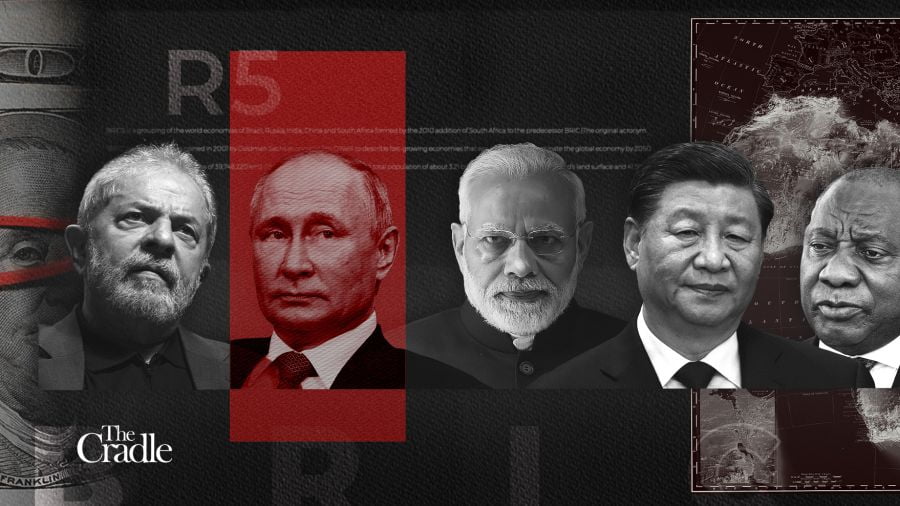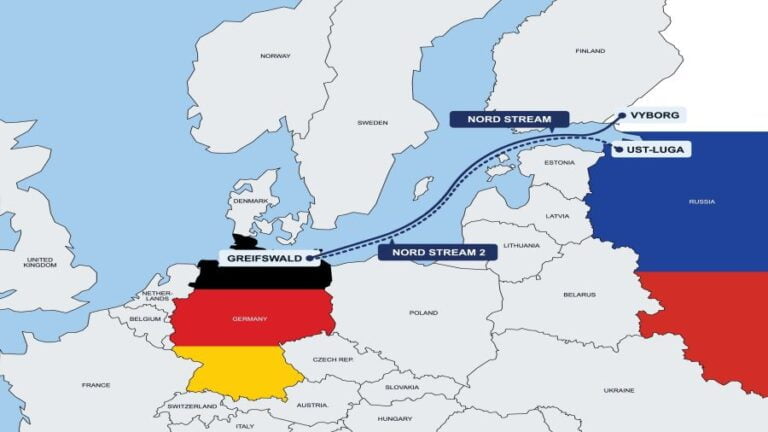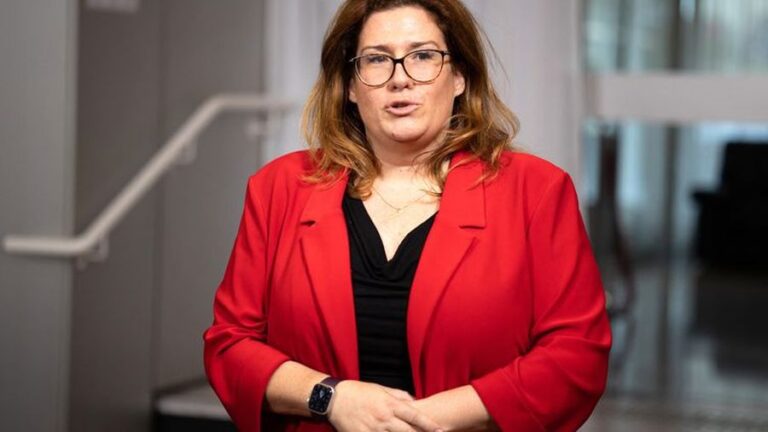BRICS problems, BRI solutions
As the BRICS approach the most important summit in their history on August 22-24 in Johannesburg, South Africa, some fundamentals need to be observed.
The top three BRICS cooperation platforms are politics and security, finance and the economy, and culture. So the notion that a new BRICS gold-backed reserve currency will be announced at the South Africa summit is spurious.
What is in progress, as confirmed by BRICS sherpas, is the R5: a new common payment system. The sherpas are only in the preliminary stages of discussing a new reserve currency which could be gold or commodities-based. The discussions within the Eurasia Economic Union (EAEU), led by Sergey Glazyev, by comparison, are way more advanced.
The order of priorities is to get R5 rolling. All current BRICS currencies start with an “R”: renminbi (yuan), ruble, real, rupee, and rand. R5 will allow current members to increase mutual trade by bypassing the US dollar and reducing their US dollar reserves. This is only the first of many practical steps in the long and winding road of de-dollarization.
An expanded role for the New Development Bank (NDB) – the BRICS bank – is still being discussed. The NDB may, for instance, grant loans denominated in BRICS gold – making it a global unit of account in trade and financial transactions. BRICS exporters will then have to sell their goods against BRICS gold, instead of US dollars, as much as importers from the collective west would have to be willing to pay in BRICS gold.
That’s a long way away, to put it mildly.
Frequent discussions with sherpas from Russia and also independent financial operators in the EU and the Persian Gulf always touch on the key problem: imbalances and weak nodes inside the BRICS, which will tend to serially proliferate with the imminent BRICS+ expansion.
Within BRICS, there’s a wealth of serious unsolved dossiers between China-India, while Brazil is squeezed between a list of imperial dictates and President Luiz Inacio Lula da Silva’s natural drive to fortify the Global South. Argentina has been all but forced by the usual suspects to “postpone” its admission request to join BRICS+.
And then there’s the weak link by definition: South Africa. Squeezed between a rock and a hard place, the organizer of the most important summit in BRICS history opted for a humiliating compromise not exactly worthy of an independent Global South middle-ranked power.
South Africa decided not to receive Russian President Vladimir Putin and opted instead for the presence of Foreign Minister Sergey Lavrov – as Pretoria first suggested to Moscow. The other BRICS members validated the decision.
The compromise means that Russia will be physically represented by Lavrov while Putin will participate in the whole process – and subsequent decisions – via videoconference.
Translation: Putin tested Pretoria and exposed it to the whole Global South as a fragile node of the “jungle” – actually the Global Majority – easily threatened by the western “garden” gang and not a real independent foreign policy practitioner.
St. Petersburg-Shanghai via the Arctic
This South African decision by itself raises serious questions about whether BRICS-led geopolitics is just an illusion.
Geoeconomically though, the group has entered a whole different ball game, illustrated by the multiple BRICS interconnections with the Chinese Belt and Road Initiative (BRI).
Chinese trade with BRI nations increased 9.8 percent in the first half of 2023 – compared to the same period last year. That contrasts sharply with the 4.7 percent overall contraction of trade between China and the collective west: Down with the EU by 4.9 percent, and down with the US by 14.5 percent.
Chinese trade with Russia, meanwhile, alongside exports to South Africa and Singapore, raised exponentially by 78 percent. As an example, late last week, a Chinese cargo set sail from St. Petersburg loaded with fertilizers, chemicals, and paper products. It will cross the Arctic and arrive in Shanghai in early August.
Zhou Liqun, chairman of the Chinese Chamber of Commerce in Russia, went straight to the point – this is just the start of the “routine operation of the Arctic freight shipping route between China and Russia.” It’s all about “the security of logistical channels” inbuilt in the Russia-China strategic partnership.
The Arctic Silk Road, from now on, will be increasingly strategic. The Chinese can keep it open at least from July to October every year. And as a bonus, a warming Arctic allows better access to oil/gas resources. A trademark “win-win” – no wonder since 2017 the development of the Arctic Silk Road is part of BRI.
All of the above shows a sharp shift in the Chinese commercial drive towards the Global South. Trade with China’s BRI partners now amounts to 34.3 percent of China’s total global trade in terms of value – and that number is rising.
From the UAP railway to the Greater Bay Area
On the Russian front, all eyes are on the 7,200 km-long, multimodal International North-South Transportation Corridor (INSTC) – which alarms the collective west as a de facto replacement of the Suez Canal. The INSTC cuts shipping costs by about 50 percent and saves up to 20 days of travel compared to the Suez route.
INSTC trade – via ship, rail, and roads linking Russia, Iran, Azerbaijan, India, and Central Asia – should triple over the next seven years, as Russian Transport Minister Vitaly Saveliev noted at the recent St. Petersburg forum. Russia will invest over $3 billion in the INSTC up to 2030.
Increasing trade between Russia, Iran, and India via the INSTC connects to something that until recently would be regarded as a UFO: the Trans-Afghan Railway.
The Trans-Afghan will emerge as a follow-up to something very important that happened last week, when Pakistan, Uzbekistan, and Afghanistan signed a joint protocol to connect the Uzbek and Pakistani networks via Mazar-i-Sharif and Logar in Afghanistan.
Welcome to the UAP railway – which could be hailed not only as a BRI but also as a Shanghai Cooperation Organization (SCO) project – where Tashkent and Islamabad are full members, and Kabul is an observer. Call it a much-needed trade corridor doubling up as a classic Chinese “people-to-people exchange” platform.
The Uzbeks estimate that the 760 km-long railway will reduce travel time by five days and costs by at least 40 percent. The project could be finished by 2027.
The subsequent 573 km-long Trans-Afghan Railway has already got its road map: it’s bound to connect the intersection of Central and South Asia to ports on the Arabian Sea.
All of the above expands Chinese trade in several directions. Which brings us to a fascinating symbiosis in progress between south China and West Asia – symbolized by the Greater Bay Area.
As Saudi Crown Prince Mohammed bin Salman turbo-charges his immensely ambitious Vision 2030 modernization project, the Greater Bay Area is being hailed by Saudis as no less than “the future of Asia.”
Every investor from Jeddah to Hong Kong knows that Beijing is aiming to turn the Greater Bay Area into a prime global tech center, centered in Shenzhen, with Hong Kong playing the role of privileged global finance hub and Macau as the cultural hub.
The Greater Bay Area, not by accident, is a key BRI plank. As a whole, the nine cities in Guangdong, plus Hong Kong and Macau (more than 80 million people, 10 percent of Chinese GDP), will be configured as an astonishing first-class economic powerhouse by 2035, largely overtaking Tokyo Bay, the New York Metro Area, and the San Francisco Bay Area.
With Saudi Arabia aiming to become a full member of both BRI and SCO, Beijing and Riyadh will turbo-charge their tech cooperation on top of energy and infrastructure.
All eyes on South Africa next month are on how BRICS will work to solve its internal issues while organizing the expansion to BRICS+. Who will get to join the club? Saudi Arabia? UAE? Iran? Kazakhstan? Algeria? The top two BRICS countries, China and Russia keep investing in a geoeconomic roll that has dozens of countries lining up to join.







